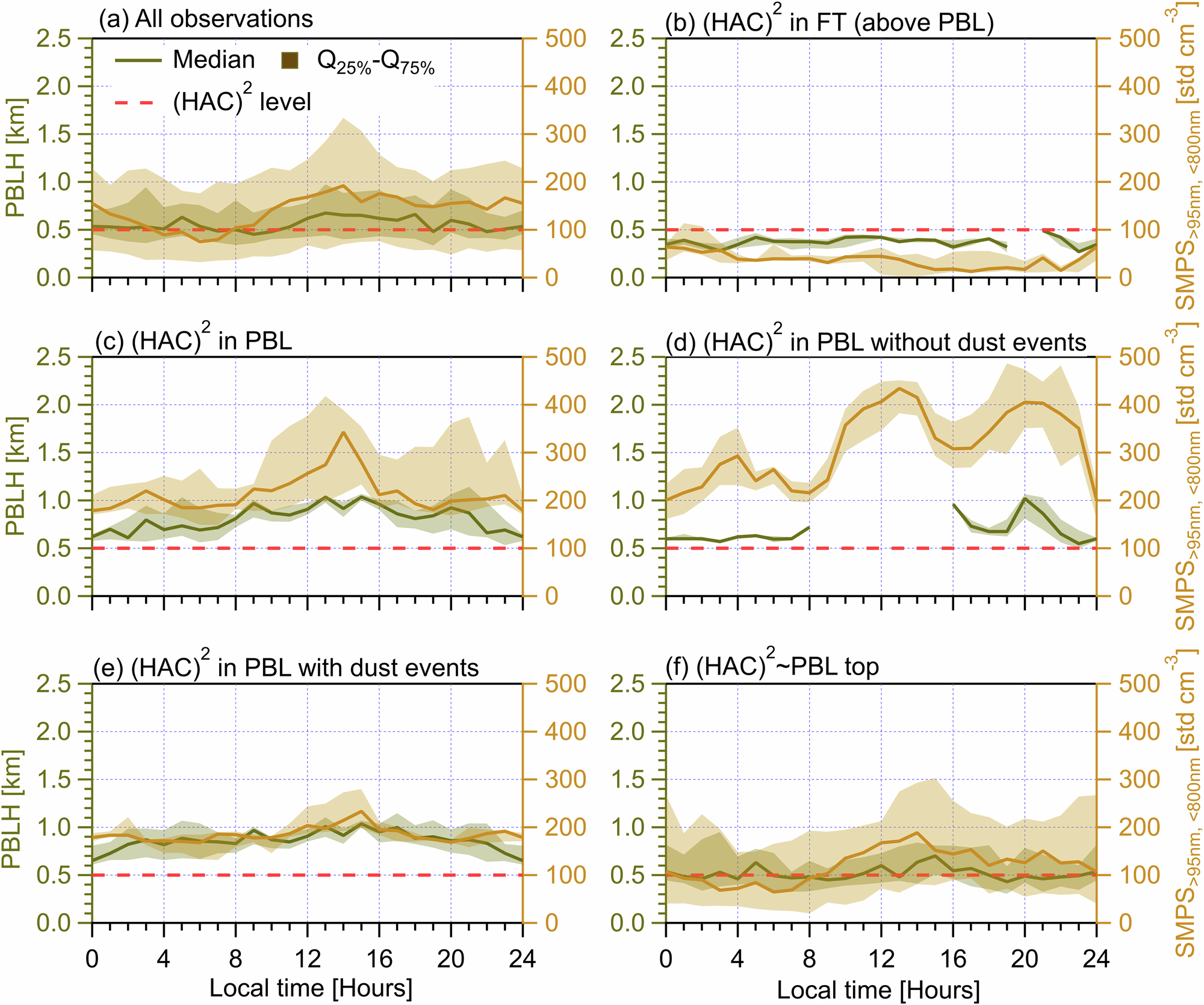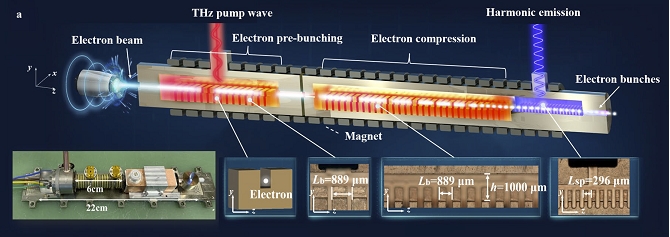2025-05-05 スイス連邦工科大学ローザンヌ校(EPFL)

<関連情報>
- https://actu.epfl.ch/news/biological-particles-may-be-crucial-for-inducing-h/
- https://www.nature.com/articles/s41612-024-00817-9
東地中海雲における氷核粒子の日内変動の要因について On the drivers of ice nucleating particle diurnal variability in Eastern Mediterranean clouds
Kunfeng Gao,Franziska Vogel,Romanos Foskinis,Stergios Vratolis,Maria I. Gini,Konstantinos Granakis,Olga Zografou,Prodromos Fetfatzis,Alexandros Papayannis,Ottmar Möhler,Konstantinos Eleftheriadis & Athanasios Nenes
npj Climate and Atmospheric Science Published:05 May 2025
DOI:https://doi.org/10.1038/s41612-024-00817-9

Abstract
We report the drivers of spatiotemporal variability of ice nucleating particles (INPs) for mixed-phase orographic clouds (~−25 °C) in the Eastern Mediterranean. In the planetary boundary layer, pronounced INP diurnal periodicity is observed, which is mainly driven by biological (and to a lesser extent, dust) particles but not aerosols from biomass burning. The comparison of size-resolved and fluorescence-discriminated aerosol particle properties with INPs reveals the primary role of fluorescent bioaerosol. The presence of Saharan dust increases INPs during nighttime more than daytime, because of lower boundary layer height during nighttime which decreases the contribution of aerosols (including bioaerosols) from the boundary layer. INP diurnal periodicity is absent in the free troposphere, although levels are driven by the availability of bioaerosol and dust particles. Given the effective ice nucleation ability of bioaerosols and subsequent effects from ice multiplication at warm temperatures, the lack of such cycles in models points to important and overlooked drivers of cloud formation and precipitation in mountainous regions.



